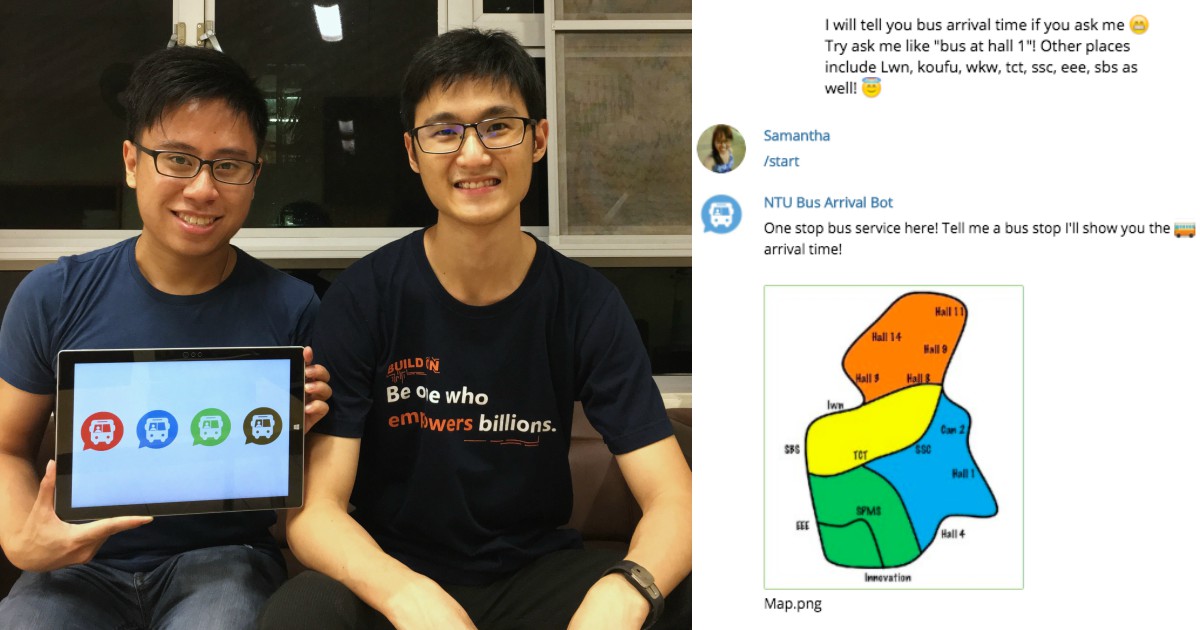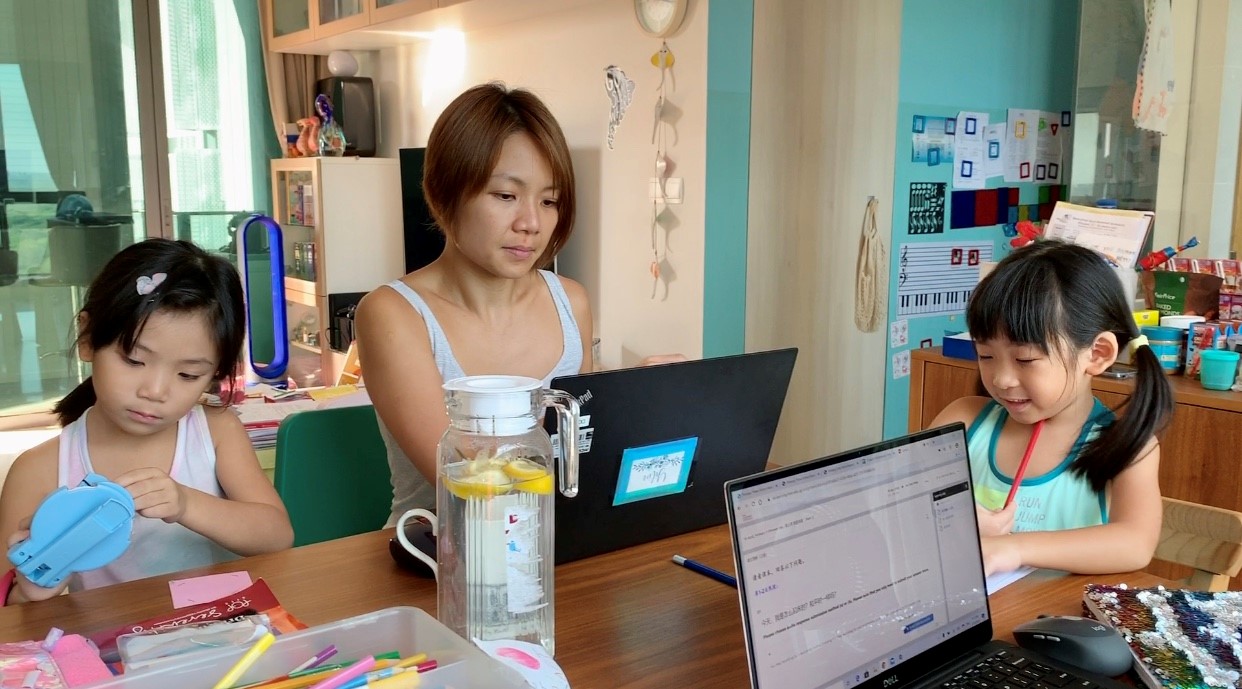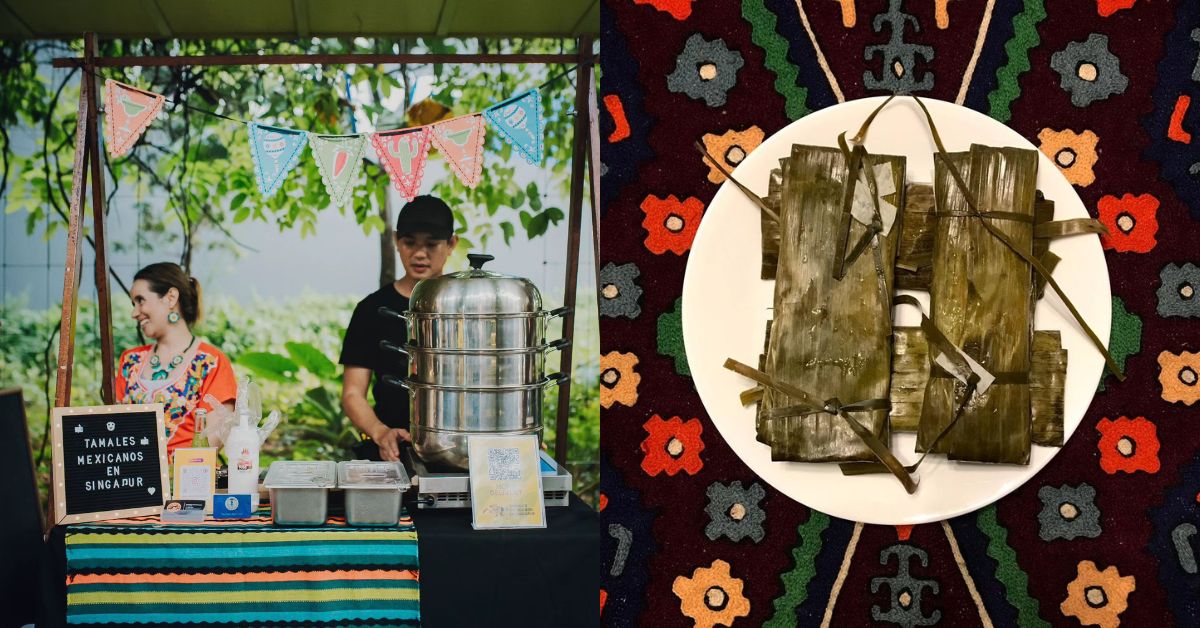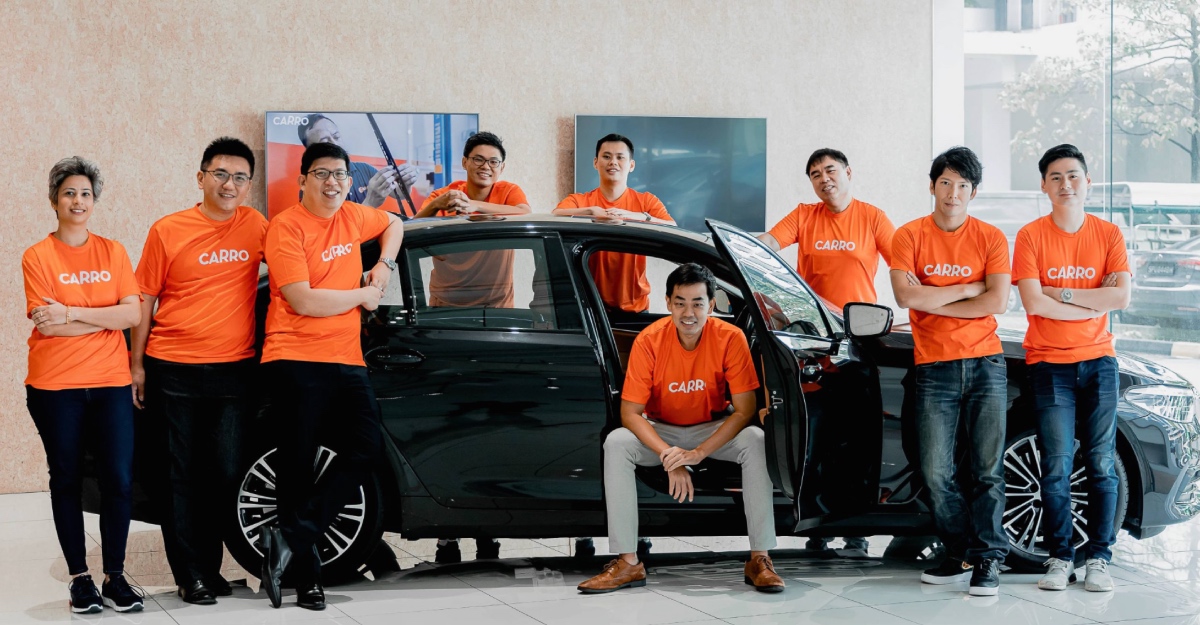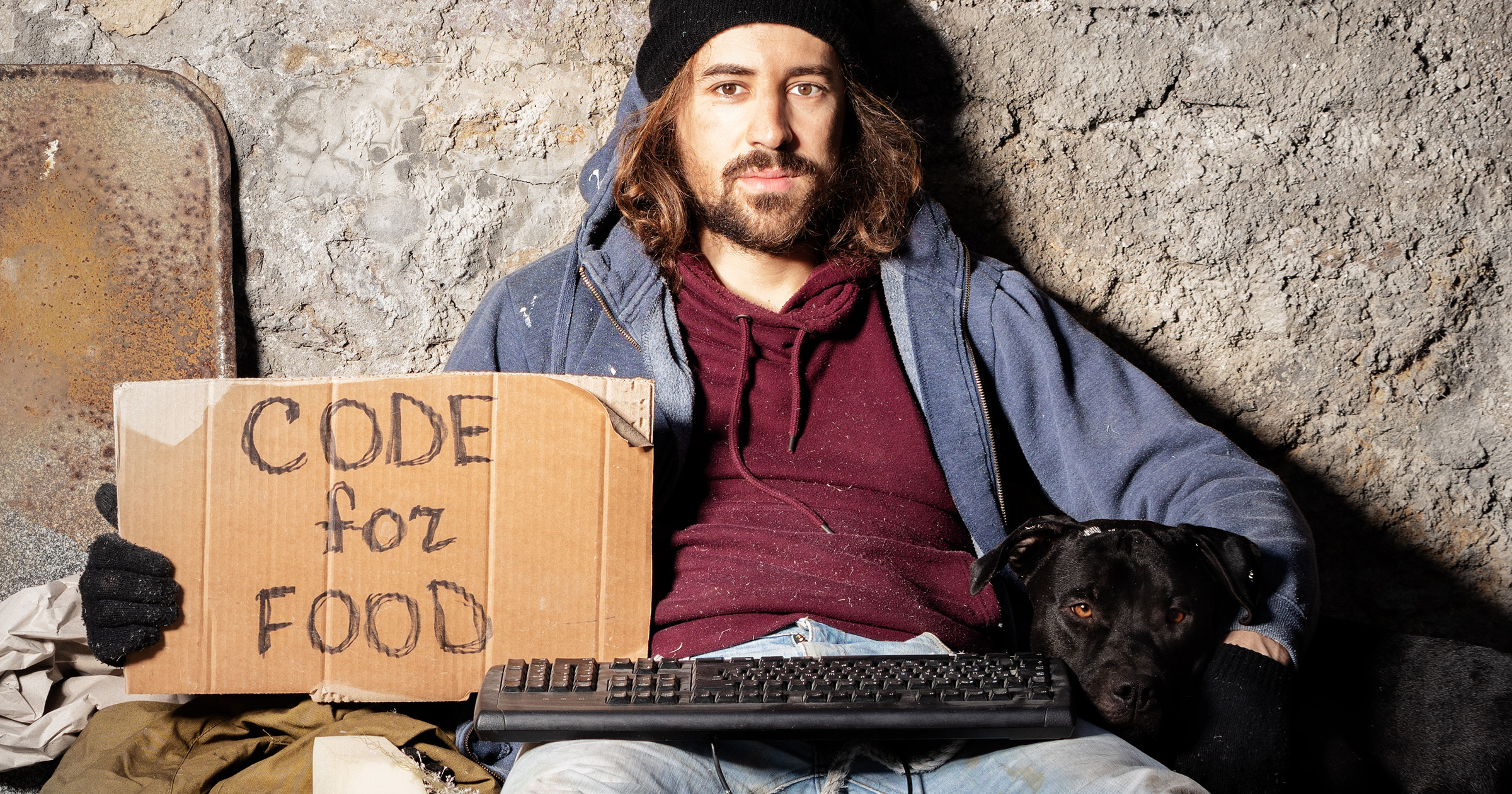The Bus Uncle chatbot is one of Singapore’s favourite, but one issue that even our endearing kopi-loving Uncle is unable to address, is just how ulu Pulau NTU is.
Swooping in to save the day are 2 NTU students who decided to take matters into their own hands, and created the NTU Bus Arrival bot. First available on Telegram here, the chatbot is also now available on Facebook Messenger.
The bot works by using a bus stop name and bus number, and from there, it can tell you how long it would take for your bus to arrive. Otherwise, the chatbot can also provide you with a map of the bus stops in NTU.
As an added bonus for Chinese New year, the chatbot also offers user angbaos ranging from $1 to $100. How angbaos are given out depends on the selfie you send the chatbot. Facial recognition software detects your happiness (smile) and allocates you money from there.
Essentially, being happier gets you paid more.
Don’t get too excited though, the angbao is meant to cheer you up, and does not actually mean real money.

The only shame is that this chatbot has arrived a year too late (for me), but since it’s #NTU, I decided to get in touch with the creators of the bot – Yap Deep and Marcus Tee.
Taking NTU Buses The Chatbot Way
“2016 was the year of AI, and 2017 will definitely be even more interesting. We were thinking that since we’re going to watch it happen, why don’t we be part of it? Then we decided to get our hands dirty.”
The first step was creating the bot, whose fundamental personality would primarily be based on its communicative ability.
The idea for it first came when Marcus and Yap were waiting at the shuttle bus stop, discussing ways to know when buses would arrive. It was important that the method be “clean and slick“, and without the need for an extra app. The chatbot became the ultimate solution, and they got so excited that they “started work on it the very next day.”
The chatbot is on Telegram because it is one of the earliest social networking apps that support bots. As for the more ubiquitous WhatsApp, Marcus notes that they would really love to deploy their bot there but unfortunately, the platform is not bot-friendly available.
In the end, the pair chose 2 platforms with the most active users among university students, i.e. Telegram and Facebook Messenger.
A Coding Background
Creating a chatbot from scratch requires a substantial amount of coding knowledge, and although the pair came into the chatbot with some of it from high school and NTU modules, it was still a steep learning curve.
“[Most of our coding fundamentals] but they are mostly used for statistical computation or hardware functioning purposes. Creating chatbots is a totally different thing.”
Marcus reflects on the learning process to creating the NTU Bus Arrival chatbot, from first understanding how chatbots work to ‘training’ them with natural language processing (NLP) so that it can comprehend user queries and produce an accurate answer.
“The Internet became our Guru as we Googled, did many trial-and-error and picked up what we need to know from forums and discussion boards.” Marcus adds a shoutout here to all the netizens and forum users who have helped them along the way, giving them suggestions on how to tackle any problems.

A Series Of Unfortunate Events
The pair ruminates that there were many obstacles for them en-route to creating the chatbot we know now. With neither of them being well-versed in computer science, they really had to “dig deep into the Internet to find relevant tutorials and solutions”.
However, the true headache that they faced, and hadn’t expected to face, was on the user experience of the chatbot. They placed a lot of emphasis on having a “clean and sleek interaction […] so we did different trial runs with our friends, collected their feedbacks and analysed how they interacted with bots”.
“We took a huge step in collecting these input during the trial runs, and then created a customised library to store all these acronyms for the chatbot as reference, and trained it so that it could learn and detect the desired location correctly.”
The problem was that their NLP system did not understand many of the common lingo NTU students use, such as “LWN” for the Lee Wee Nam library, “WKW” for the Wee Kim Wee School of Communication and Information, and even “inno” for the Innovation Center. The NLP was unable to understand the acronyms and relate them to the relevant locations.
In the end they found a solution in creating a library bank from scratch, and have never looked back since.
Will They Join Forces With The Kopi O-Sipping Uncle?

One interesting thought that came to mind was whether the NTU Bus Arrival chatbot would link arms with the endearing Bus Uncle to streamline bus timing services for users.
On this, Marcus gushes they would definitely love to learn from Bus Uncle’s creator, Abhilash Murthy one day.
“Bus Uncle is really a wonderful chatbot and its robustness in making conversations adds a human-like touch to it. Compared to Bus Uncle, our chatbot is more of a functional bot that serves one purpose: to give user the arrival time of a bus.”
For the moment, their priority lies in making more locations available to the relevant bus stops, such as the Admin Building, Medical Center and the TCT Bus Stop (Tan Chin Tuan). Maybe even roll out more features if they have time.
Graduation From NTU And…
“This bot serves as a proof of concept on how we can make shuttle buses system work better and improve the overall shuttle bus experiences for students.”
Both Marcus and Yap are in their final year, and for me, that calls into question the issue of keeping NTU Bus Arrival up and running after they graduate.
According to Marcus, the pair plans to have a discussion with the NTU Student Union or even NTU itself on how the internal shuttle buses system can be improved.
Unfortunately, they would no longer be able to maintain operation of the bot post-graduation, but Marcus comments that they would be “more than happy to have a knowledge transfer session with relevant department”.
Anything to keep the NTU Bus Arrival bot running so that every NTU student will be able to benefit from it.
“If You Have An Excellent Idea, Why Not Make It A Reality?”
As a final note, Marcus and Yap share advice on vibrant opportunities ripe for the picking in today’s reality.
As the world transits into the 4th Industrial Revolution, they reflect that the boundaries between the physical and cyber worlds also blur out.
“Our lives are surrounded by big data, artificial intelligence, digital personal assistants etc, and the way we interact with devices or systems is changing rapidly as well. Now is the era of disruptive innovation, a golden opportunity for us to innovate and make ground-breaking products that could bring mankind to a new paradigm shift.”
“So go ahead with your crazy ideas, there are tonnes of materials on the web for you to pick up and leverage on. As Steve Jobs said, “Your time is limited, so don’t waste it living someone else’s life”.
It is peers like them who really make me proud to call myself an NTU alumni, so here’s my personal congratulations on a job well-done on the bot!
Featured Image Credit: Marcus Tee
